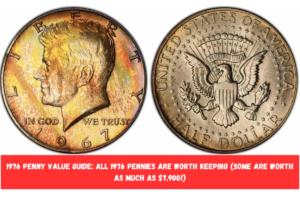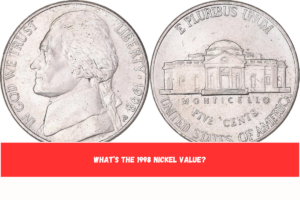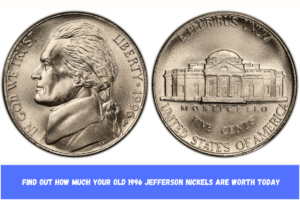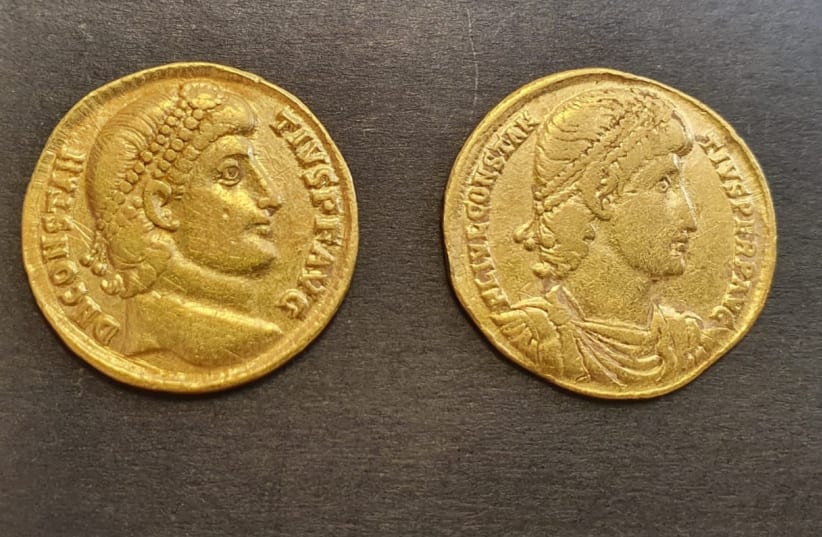The allure of forbidden coins lies not only in their rarity but also in the intrigue and mystery surrounding them. These coins, often deemed illegal to own due to historical controversies, government bans, or their association with lost civilizations, represent the ultimate prize for numismatists.
Owning one of these coins is a dream that carries both the thrill of the chase and the risk of controversy. Here are five forbidden coins that collectors dream of owning, along with the untold stories that make them so desirable.
1. The 1933 Saint-Gaudens Double Eagle
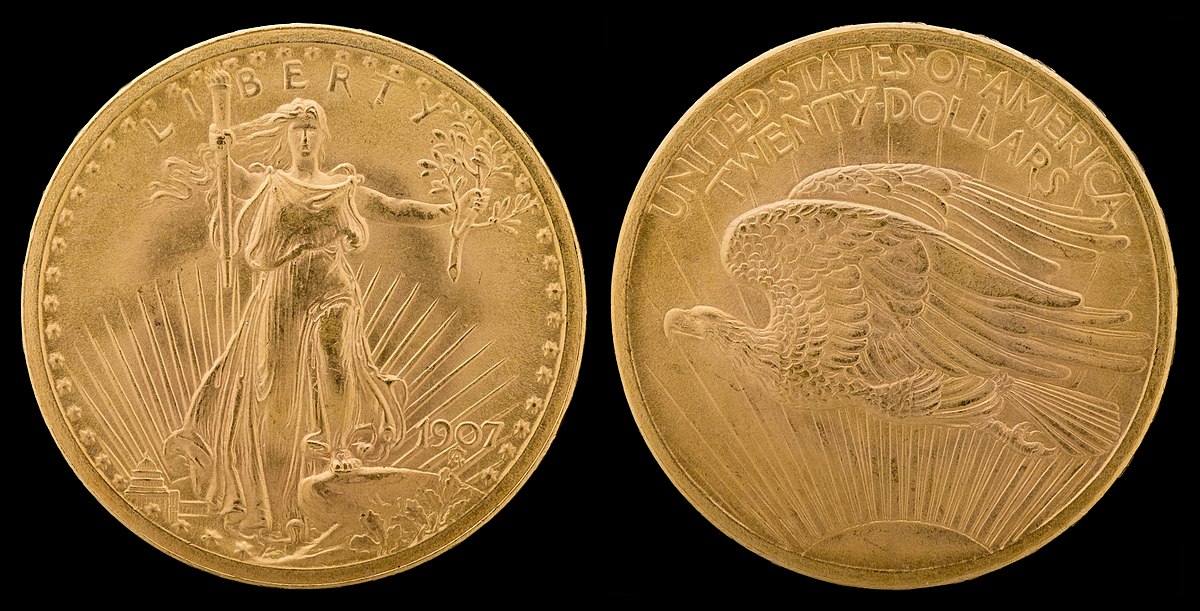
The 1933 Saint-Gaudens Double Eagle is perhaps the most famous forbidden coin in the world. It was designed by renowned sculptor Augustus Saint-Gaudens and minted during the Great Depression.
However, in 1933, President Franklin D. Roosevelt took the United States off the gold standard and ordered all gold coins to be recalled and melted down to stabilize the economy.
- Why It’s Forbidden: Nearly all of the 445,500 Double Eagles minted in 1933 were destroyed, but a few coins managed to escape. The U.S. government considers these coins to be stolen property, making their private ownership illegal. Only one specimen, sold in a landmark auction in 2002 for $7.59 million, is legally allowed to be owned by a private collector.
- The Untold Story: The story of the 1933 Double Eagle is filled with intrigue, including an international smuggling operation, a secret hoard found decades later, and a decades-long legal battle between the U.S. government and a family that inherited the coins. For collectors, the forbidden status of this coin only adds to its mystique.
2. The 1974 Aluminum Penny

The 1974 Aluminum Penny is a rare U.S. Mint experiment designed to address the rising cost of copper.
As copper prices soared in the early 1970s, the U.S. Mint sought a cheaper alternative and struck about 1.5 million test pennies in aluminum. However, the idea was scrapped, and the Mint ordered all the coins to be destroyed.
- Why It’s Forbidden: While most of the 1974 Aluminum Pennies were accounted for and destroyed, a few specimens were never returned. The U.S. Mint still claims ownership of these coins, and any found in private hands are considered government property. In 2014, a legal battle ensued when one of these pennies resurfaced, with the U.S. government seizing the coin before it could be sold.
- The Untold Story: The mystery of the missing aluminum pennies has intrigued collectors for decades. Stories of congressmen keeping the coins as souvenirs or employees secretly pocketing them have circulated, making these pennies a tantalizing forbidden fruit for coin enthusiasts.
3. The 1964-D Peace Dollar
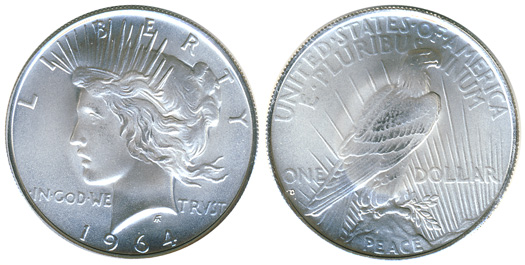
The 1964-D Peace Dollar holds a unique place in American numismatic history. In 1964, the U.S. Mint struck 316,076 Peace Dollars at the Denver Mint.
The coin was intended to be the last silver dollar ever produced in the United States, but before it could be officially released, the coins were ordered to be melted down.
- Why It’s Forbidden: The Treasury Department announced that no 1964-D Peace Dollars were released into circulation, and all specimens were destroyed. However, rumors persist that some coins managed to escape destruction, and their existence remains a subject of speculation. The U.S. government still considers them illegal to own.
- The Untold Story: The idea of surviving 1964-D Peace Dollars has become legendary among collectors. Some claim to have seen the coins in private collections, but no specimen has ever been authenticated publicly. This elusive coin continues to spark debates and searches among die-hard numismatists.
4. The 1973 Krugerrand Ban
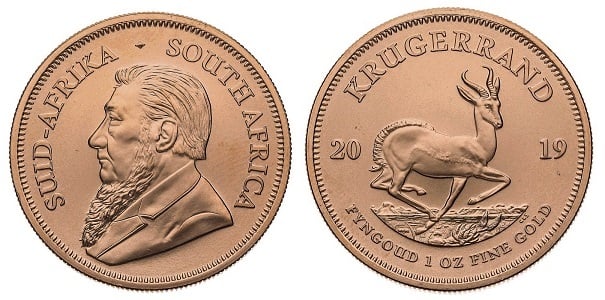
The South African Krugerrand is one of the world’s most famous gold coins, introduced in 1967 to promote South African gold.
However, in the 1970s and 1980s, the international community imposed sanctions on South Africa in response to its apartheid policies, and the Krugerrand was banned in several countries, including the United States.
- Why It’s Forbidden: While the ban on owning or trading Krugerrands in the U.S. was lifted in the 1990s, some countries still have restrictions. During the ban, the Krugerrand became a forbidden symbol of South African gold, and owning one carried significant political and social connotations.
- The Untold Story: The story of the Krugerrand ban is closely tied to global politics and the anti-apartheid movement. Despite the ban, a thriving black market for Krugerrands emerged, with collectors and investors willing to pay a premium for these contraband coins. Today, owning an original Krugerrand from the apartheid era remains a fascinating, if controversial, numismatic experience.
5. Ancient Roman Coins from Forbidden Archaeological Sites
Ancient Roman coins have always been coveted by collectors, but many of these coins come with a history of being excavated from forbidden or protected archaeological sites.
In countries like Italy and Greece, strict laws govern the ownership of ancient artifacts, and coins taken from these sites are considered state property.
- Why They’re Forbidden: Coins looted from archaeological sites are often smuggled out of their countries of origin and sold on the black market. If found in private collections, these coins can be seized and returned to their rightful governments. Collectors who knowingly acquire such coins risk legal repercussions and the loss of their investment.
- The Untold Story: The black market for ancient coins is a global issue, and the story behind each coin can be as compelling as a crime thriller. Archaeologists and governments have long fought to protect cultural heritage, while collectors argue that coins have been traded for centuries and should be free to own. The debate over ownership and cultural significance continues, making these coins a source of controversy.
Also see : 5 Astonishing Coin Finds in Ordinary Places Worth Over $500K
FAQs About Forbidden Coins
1. Why are some coins considered illegal to own?
Coins are considered illegal to own if they are classified as stolen government property, were never officially released for circulation, or were taken from protected archaeological sites. Laws vary by country, but governments often claim ownership of historically significant coins to preserve national heritage.
2. What happens if someone is caught with a forbidden coin?
If someone is found in possession of a forbidden coin, authorities may seize the coin, and the person could face legal action. In some cases, fines or criminal charges may be pursued, depending on the value and history of the coin.
3. How can collectors avoid acquiring forbidden coins?
Collectors should always purchase coins from reputable dealers who provide documentation of provenance and authenticity. If a coin’s history seems suspicious or unclear, it’s best to consult with a numismatic expert or legal professional.
4. Are there any instances where forbidden coins become legal to own?
Yes, in some cases, previously forbidden coins have been made legal to own. For example, the U.S. government authorized the sale of a single 1933 Saint-Gaudens Double Eagle under special circumstances. However, this is rare, and most forbidden coins remain restricted.
5. Can owning forbidden coins be profitable?
While forbidden coins are often highly valuable, the legal risks associated with them can outweigh the potential financial gains. Additionally, the market for such coins is limited, as many collectors are hesitant to invest in items with unclear legal status.
6. What makes forbidden coins so desirable to collectors?
The allure of forbidden coins comes from their rarity, historical significance, and the stories behind them. The sense of mystery and the thrill of owning something that few others have make these coins highly desirable, despite the risks involved.

